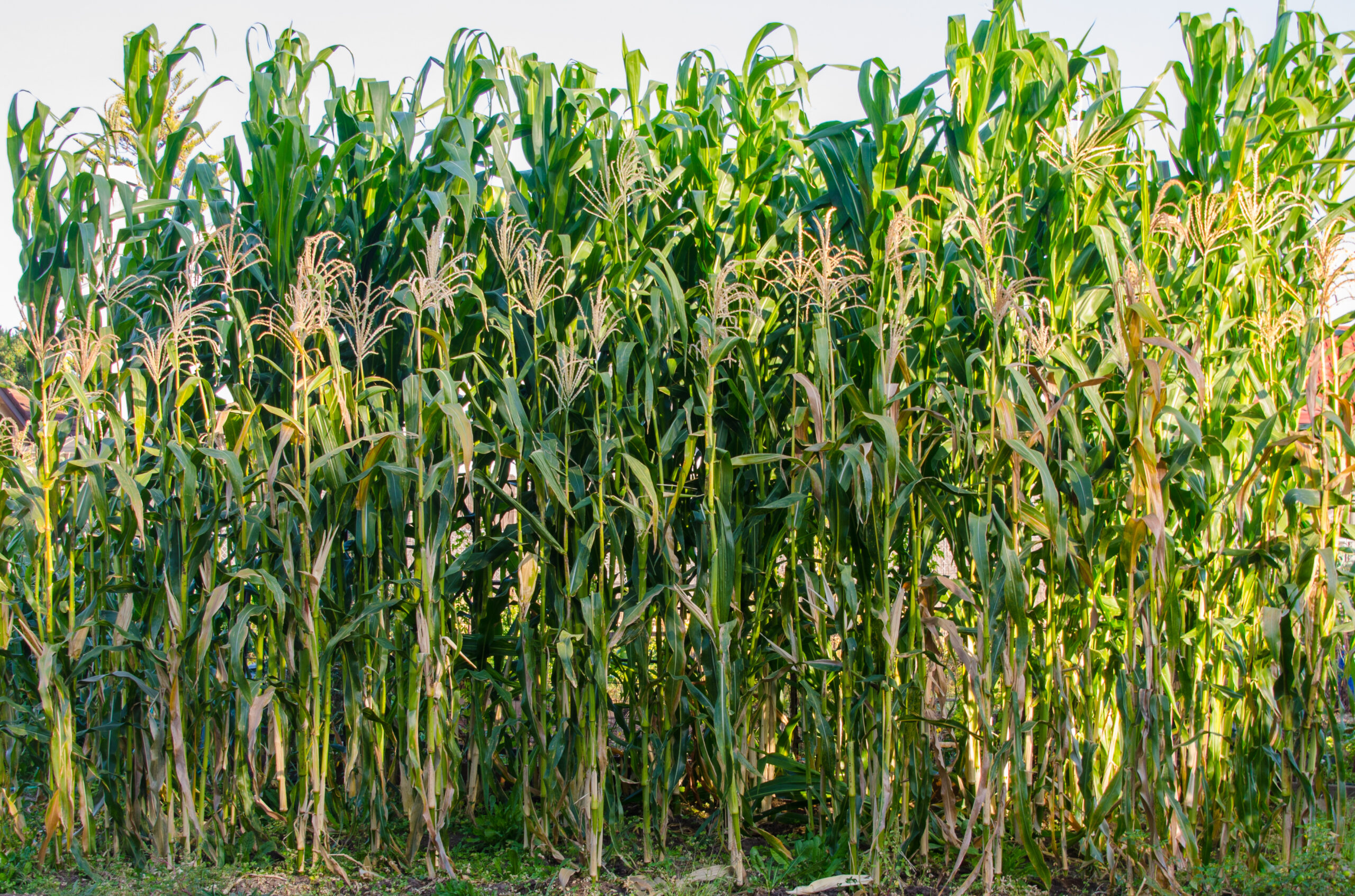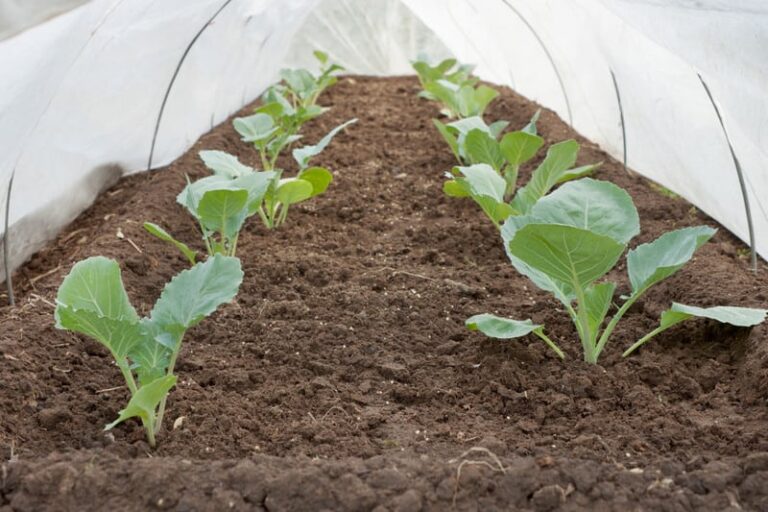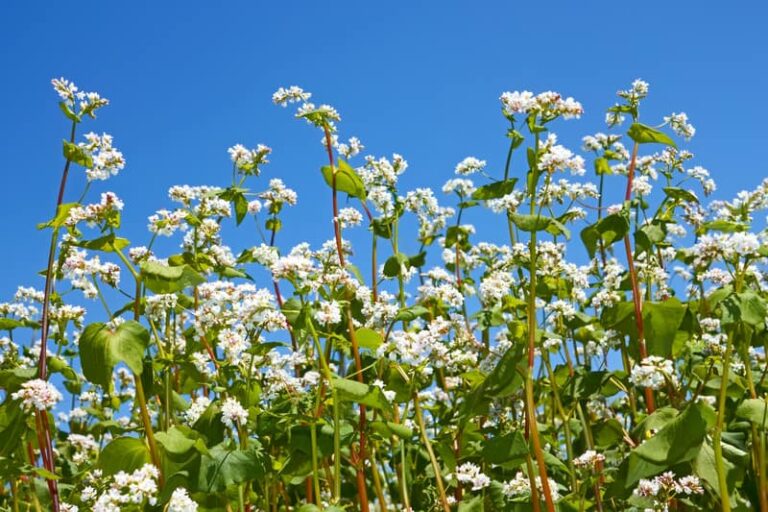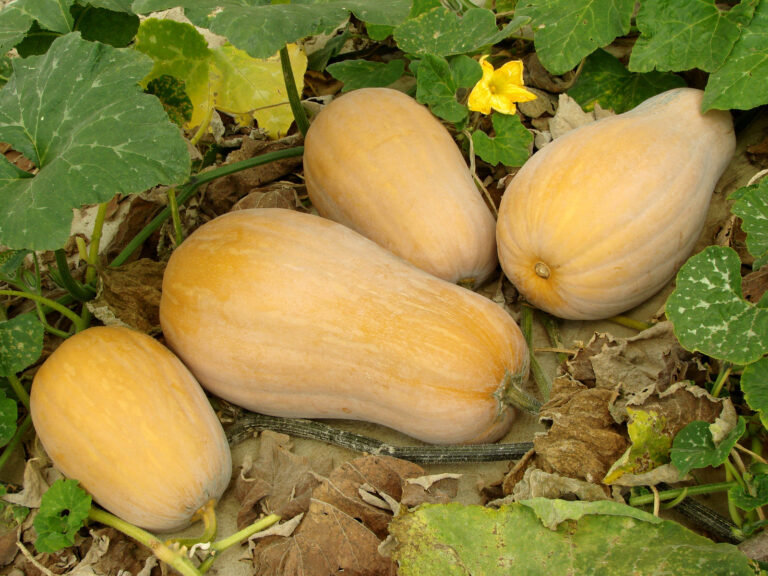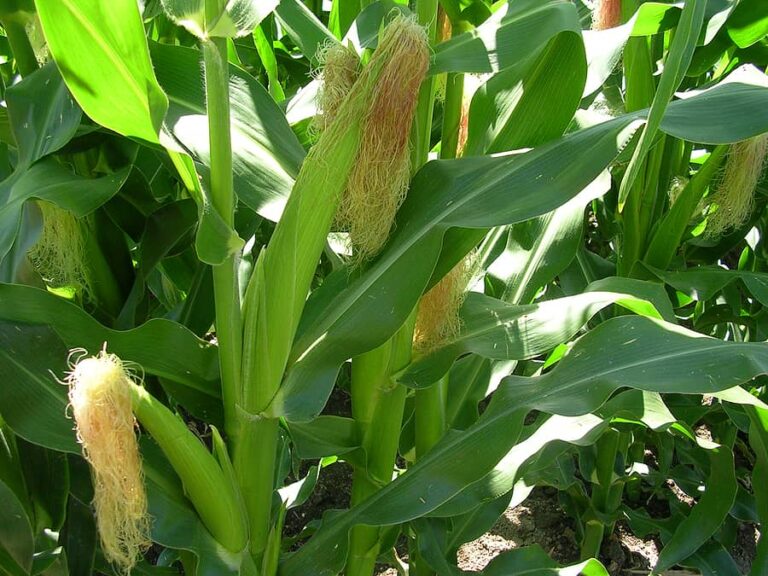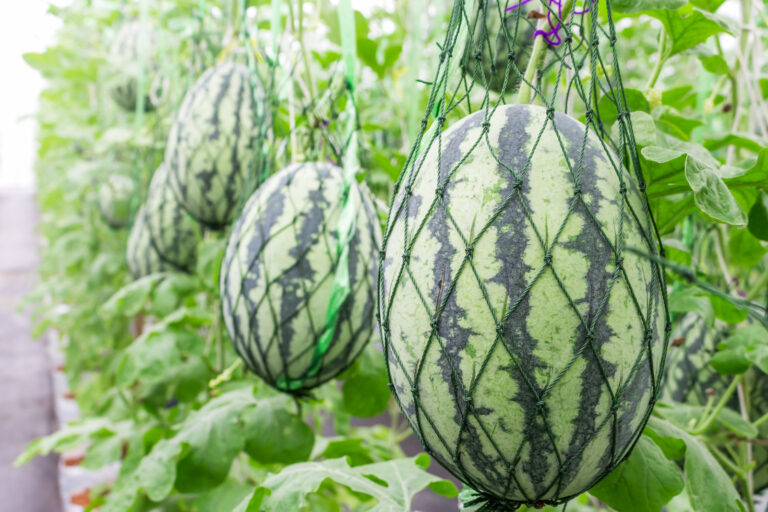Sweet Corn Pollination: Natural and Hand-Pollination Tips
Having grown corn in my home garden for many seasons, I’ve learned that successful pollination is the key to producing ears filled with plump, sweet kernels. Corn is a wind-pollinated plant, and understanding how that process works can make all the difference in your harvest.
The Role of Tassels and Silks
Each corn plant produces two types of flowers:
- The male flower is the tassel, which forms at the top of the stalk and produces pollen.
- The female flower is the silk, which grows from the husks covering each developing ear of corn lower down the stalk.
Each silk is connected to a potential kernel on the cob. For a kernel to develop, a grain of pollen must land on that specific silk. If a silk doesn’t receive pollen, the kernel it connects to won’t form—resulting in a gap on the cob. I’ve seen this firsthand when ears end up looking patchy, usually due to poor pollination during a still, windless stretch of weather.
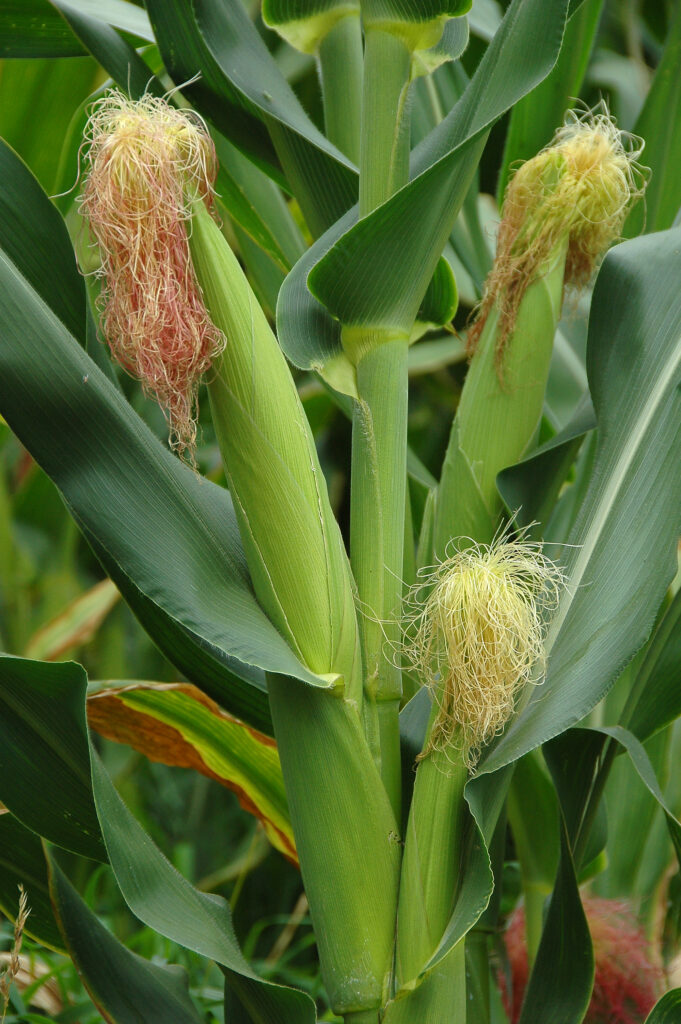
Why Planting in Blocks Improves Pollination
Corn doesn’t rely on insects for pollination; instead, it depends on the wind to carry pollen from the tassels to the silks. That’s why planting corn in a single row often results in poor kernel formation. In my experience, the most productive corn patches are those planted in blocks of 3 to 4 short rows (or more), not long, narrow rows. A layout of at least 4 feet by 4 feet promotes better pollen distribution when the wind blows through the stalks.
For strong pollination:
- Space plants about 6 to 8 inches apart in rows 18 to 24 inches apart.
- Consider planting in hills, placing 3 to 4 stalks per hill with hills set about 3 feet apart.
- As tassels appear, a daily shake of each stalk helps mimic wind action and improve the odds of pollen reaching each silk.
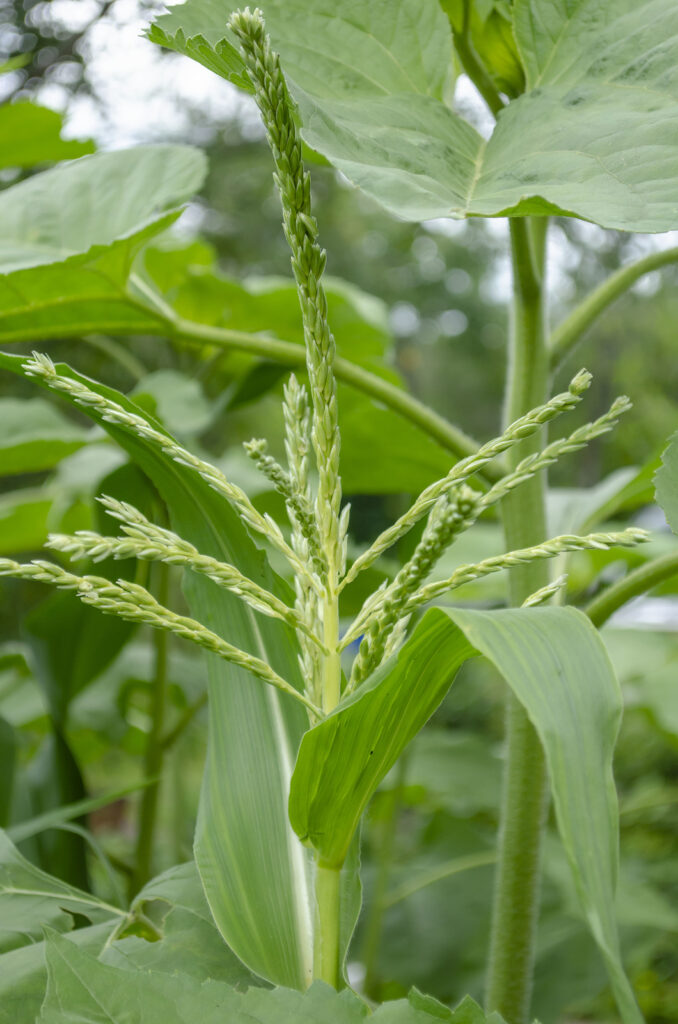
How to Hand-Pollinate Corn
If you’re growing corn in a small space—or if the weather is too calm—you can step in and hand-pollinate. I’ve done this when I want to guarantee a good harvest. Here’s how:
- Wait until the silks emerge from the ears.
- Each morning for several days, gently shake the tassel of each stalk to release pollen.
- Some gardeners go further and collect the pollen in a paper bag and dust it directly onto the silks.
This simple practice can significantly increase your kernel set, especially in small gardens where natural wind movement is limited.
Managing Cross-Pollination Between Corn Varieties
Corn plants cross-pollinate easily, and if you’re growing multiple varieties, that can impact taste, color, and texture. For example, sweet corn grown too close to field corn can become starchy and lose sweetness.
To avoid this, I always follow one of two methods:
- Separate different varieties by at least 100 feet.
- Or stagger planting times so that the tassels of one variety appear at least two weeks before or after the other’s silks emerge. This timing prevents pollen from one variety fertilizing the other.
Succession Planting for a Longer Harvest
If you want fresh corn all season, try succession planting. I plant a new block of corn every two weeks from spring through mid-summer. Not only does this extend the harvest window, but it also makes managing cross-pollination easier if you want to grow multiple types of corn.
Overview Post: How to Grow Corn: The Complete from Planting to Harvest
🌽 Related Posts: Explore More on Growing Corn
🌱 Getting Started with Corn
- Starting Sweet Corn from Seed: Proven Tips for Early Success
- When and Where to Plant Sweet Corn for the Best Yield
- Planting Sweet Corn: Spacing, Block Planting, and Depth Tips
- Can You Grow Corn in Containers? Yes-Here’s How
💧 Watering, Feeding, Pollination & Care
- How to Water and Fertilize Sweet Corn for Maximum Yield
- Sweet Corn Pollination: Natural and Hand-Pollination Tips
- The Best Companion Plants for Sweet Corn (And What to Avoid)
- What To Do When Corn Falls Over (Lodging Tips)
🌽 Harvest, Storage & Serving
- How to Harvest and Store Sweet Corn
- How to Store Fresh Corn and Preserve It for Later
- Seven Easy Wasy to Cook and Serve Sweet Corn
🐛 Pests, Diseases & Troubleshooting
🌟 Sweet Corn Varieties

